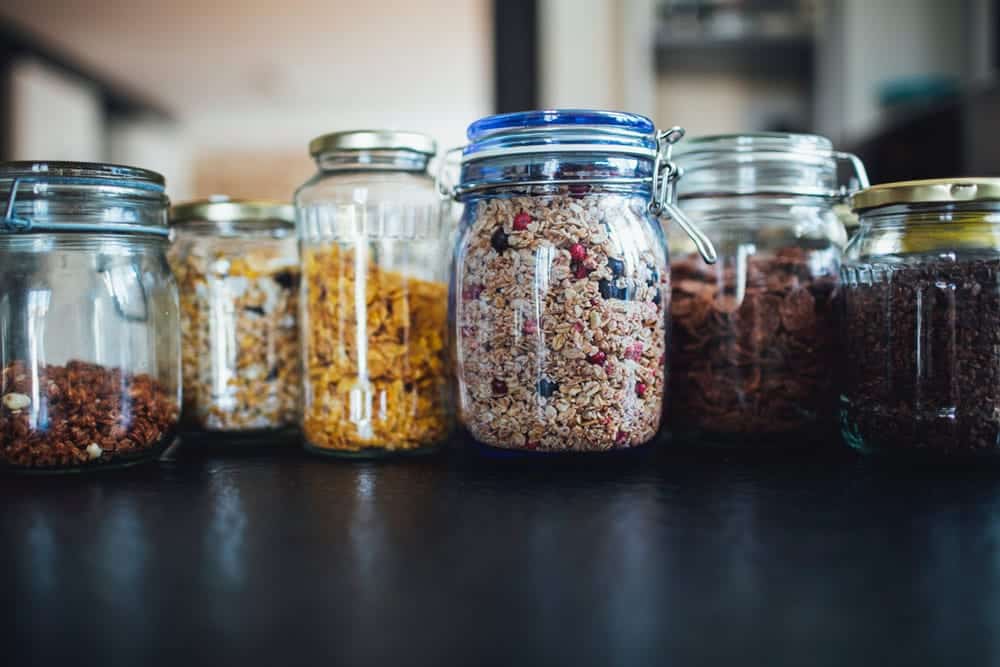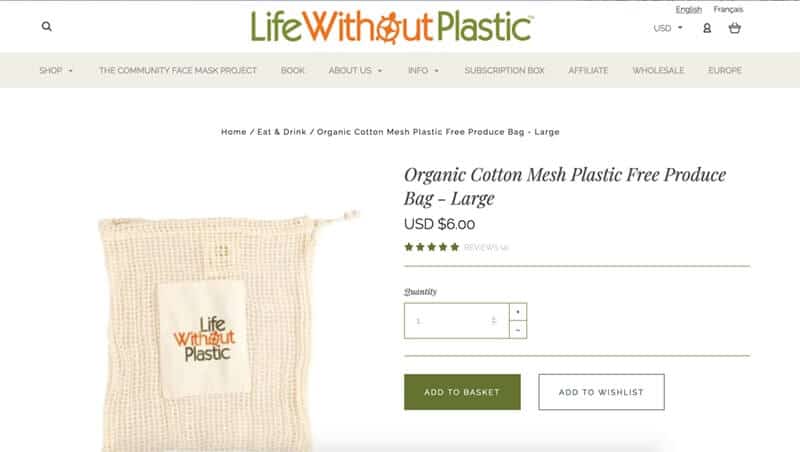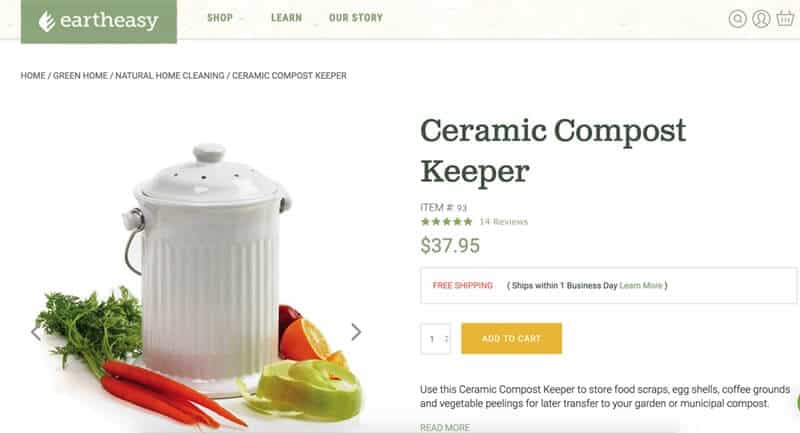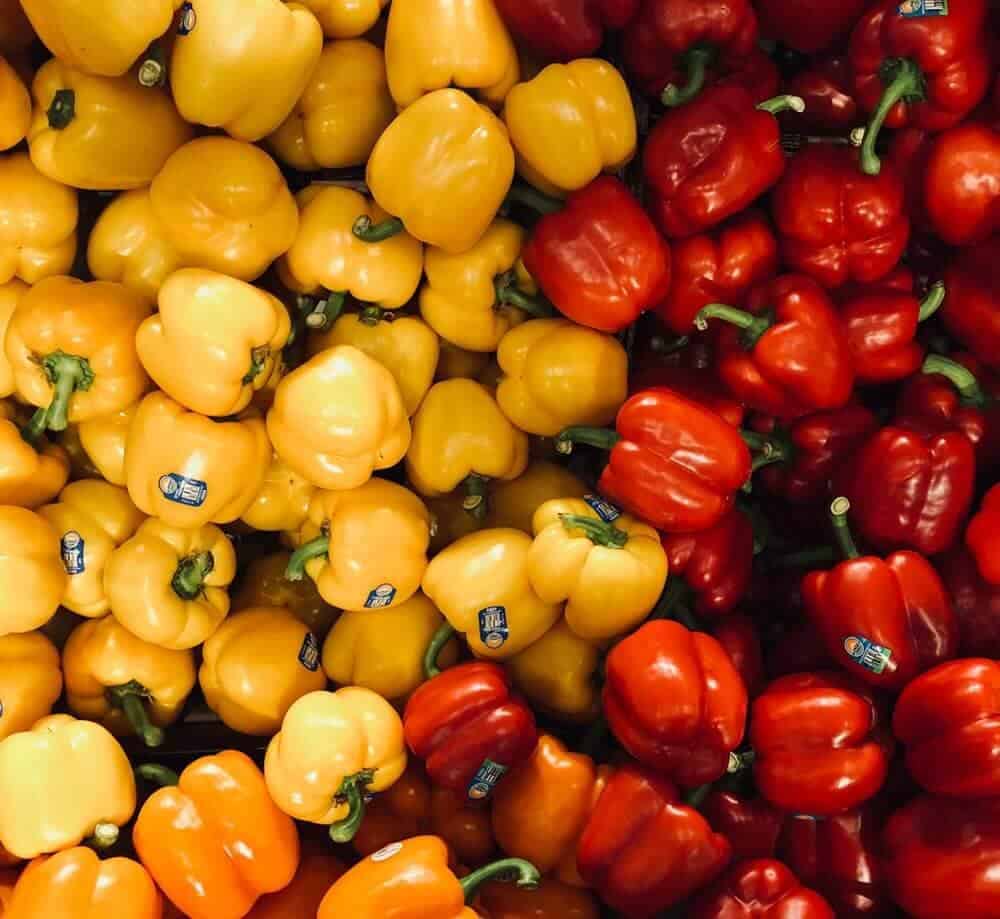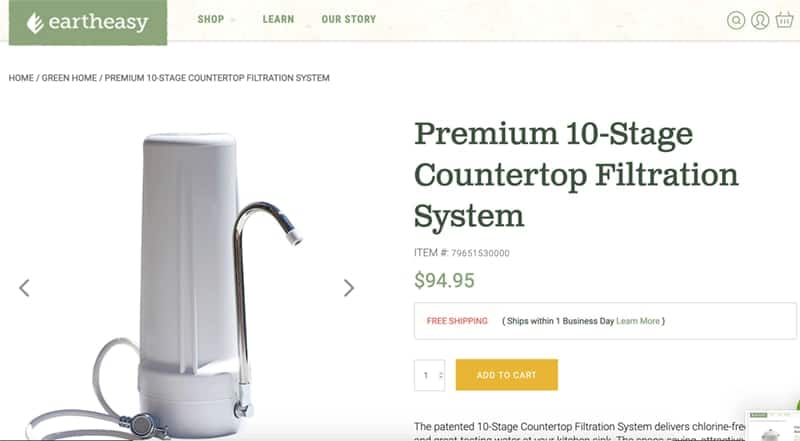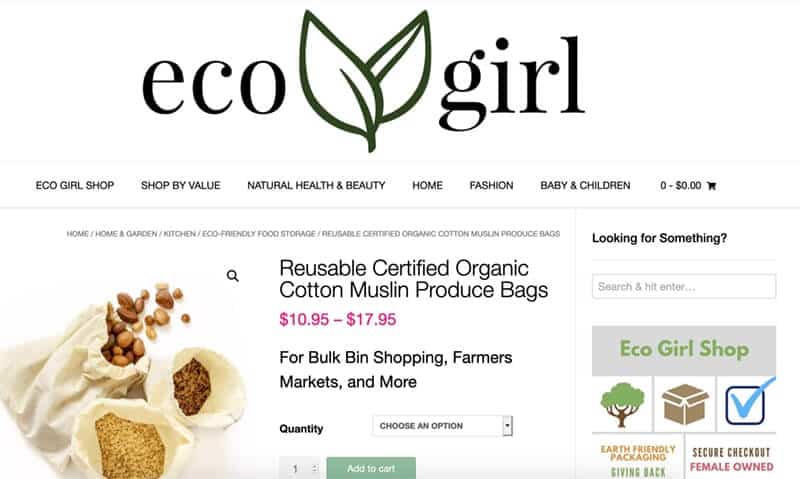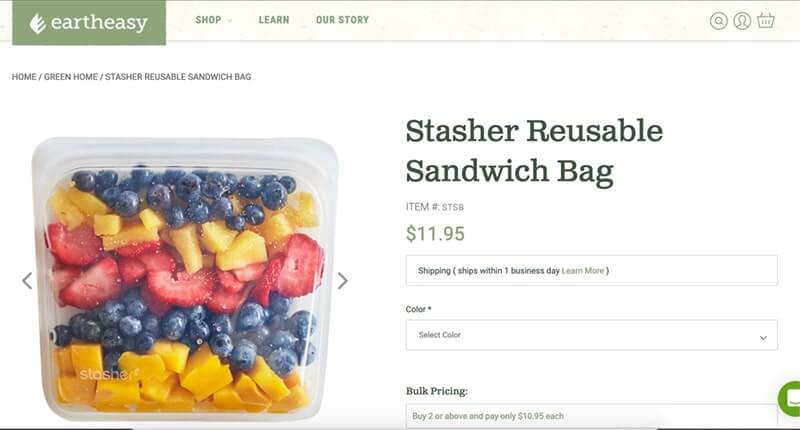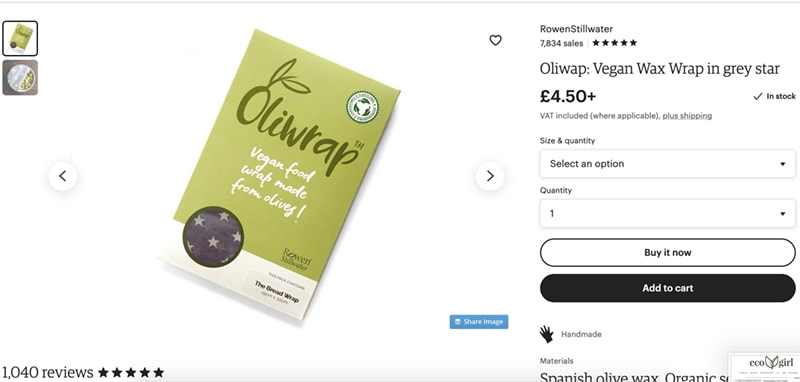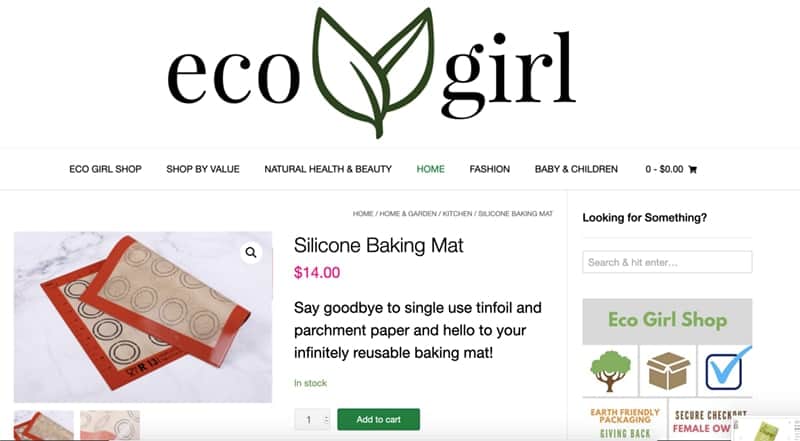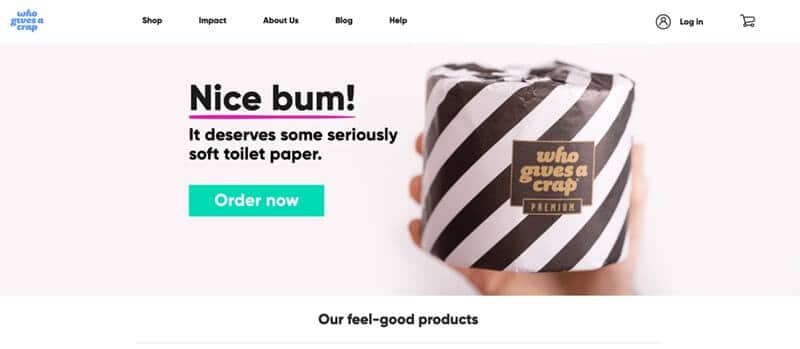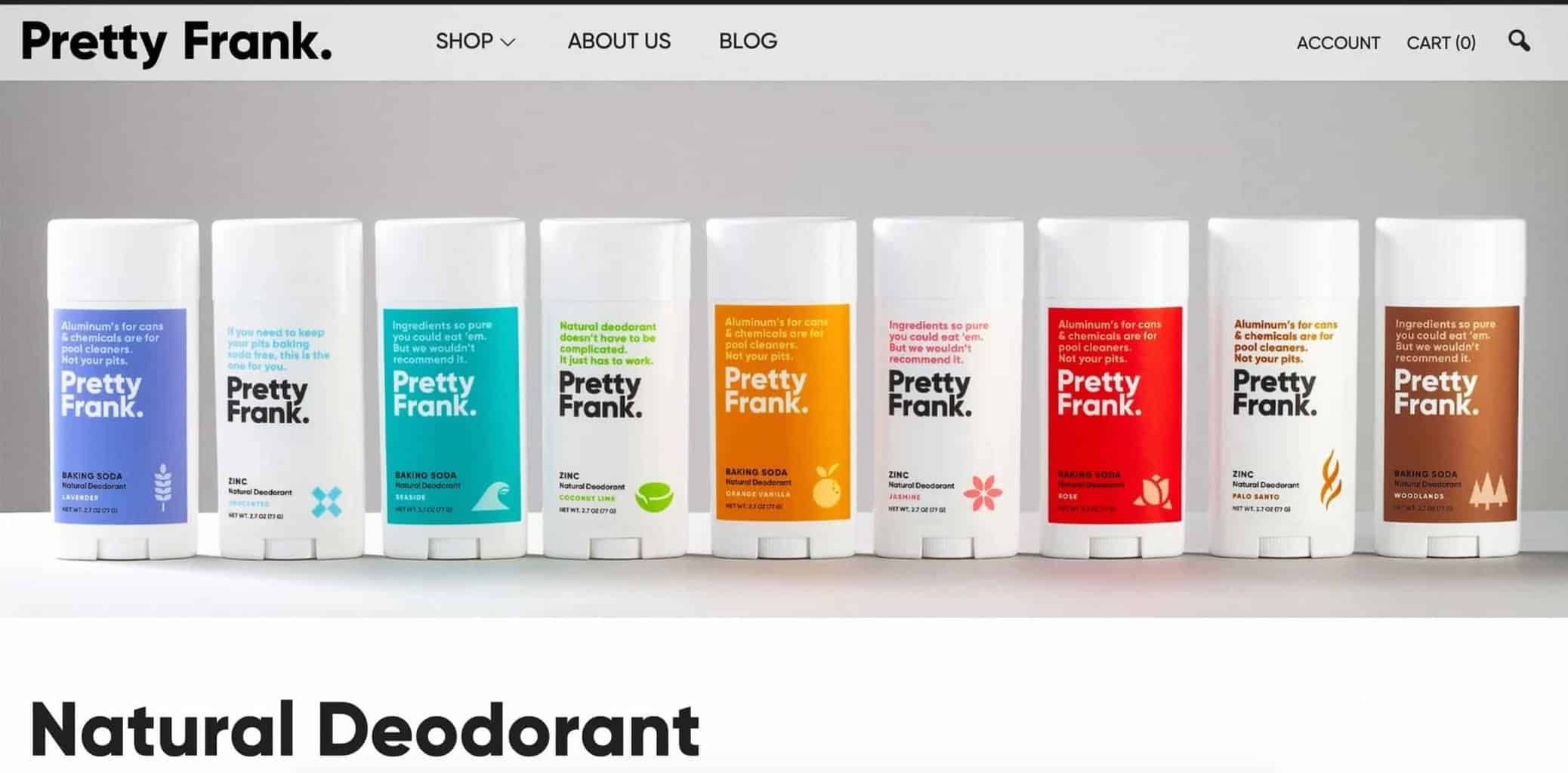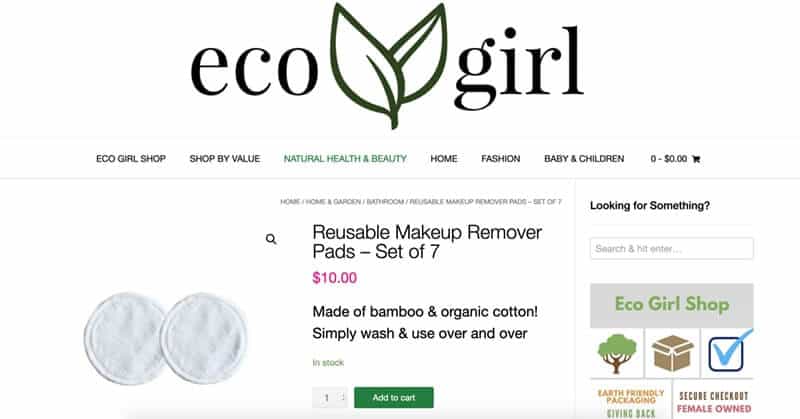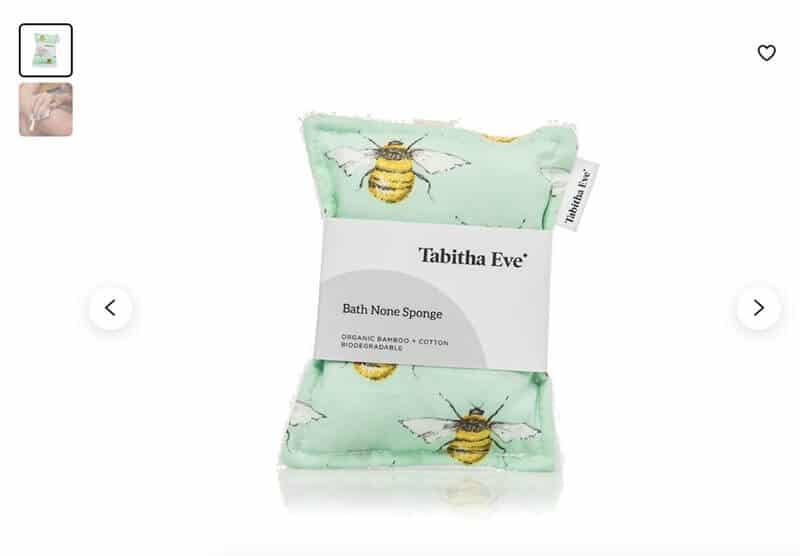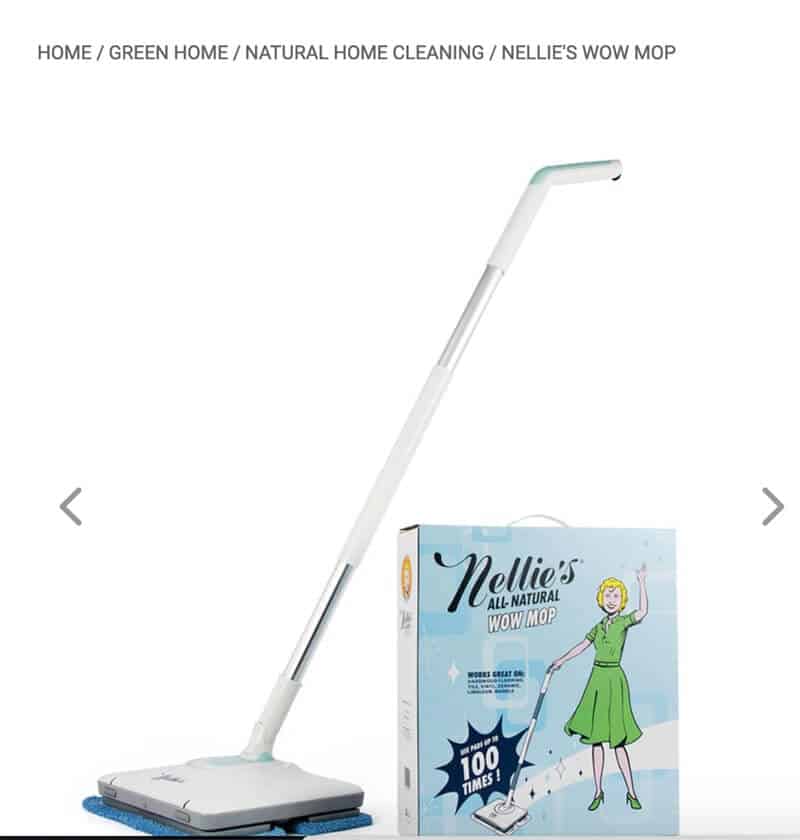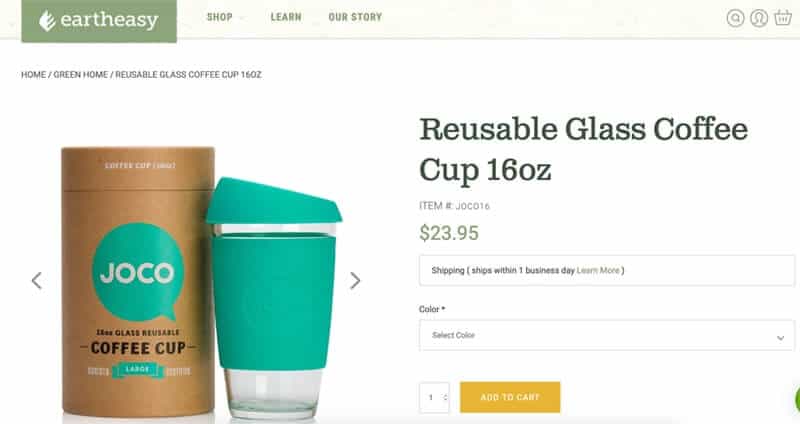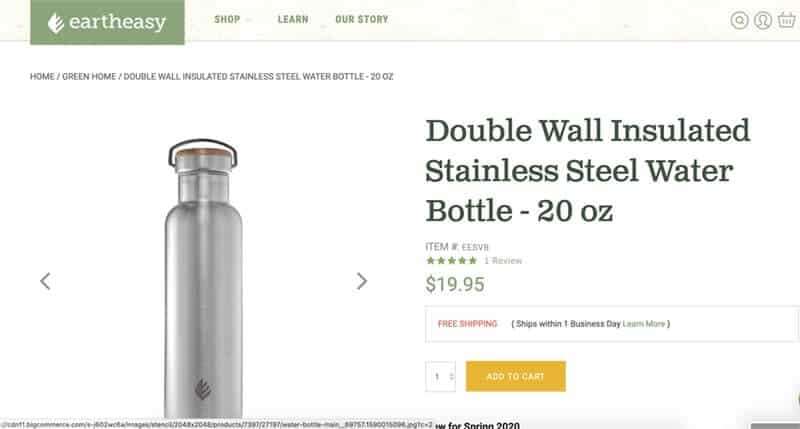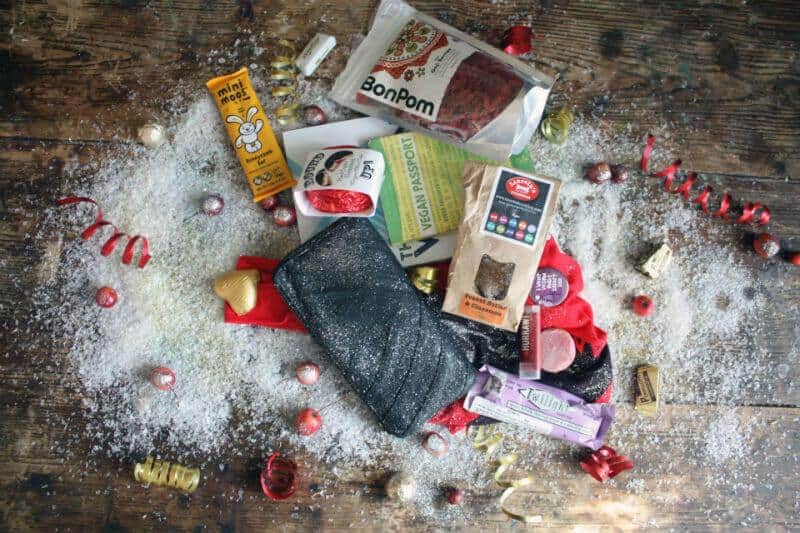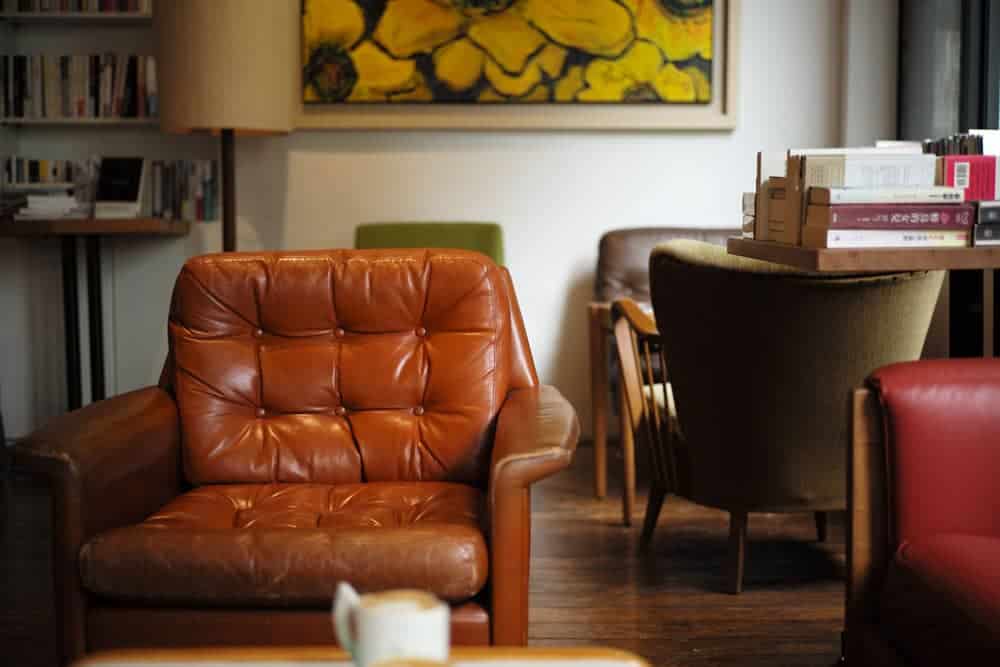Trying to cut back on waste and wondering what zero waste products and zero waste swaps can help you get there?
Some zero waste swaps I’ll cover in this article:
- Reusable produce bags
- Reusable shopping bags
- Composting
- Water filters
- Reusable coffee filters
- Refill bags for bulk dry goods
- Reusable sandwich bags
- Plant-based eating
- Recycled toilet paper
- Solid deodorant
- Reusable makeup remover cloths
- Solid shampoo
- Concentrated cleaning products
- Reusable sponge
- Reusable coffee cup
- Reusable water bottle
As we become more aware of the problems of plastic waste and excessive consumption, more of us are going zero waste or moving in that direction.
One of the best zero waste tips I’ve heard is to start in the kitchen, as that’s where most waste comes from. By making a few tweaks in my kitchen (composting, buying loose fruits and vegetables and bulk grains and spices), I was able to reduce my own waste around 80-90%.
I’d recommend you start wherever you’re generating the most waste (usually it’s the kitchen).
I’m slowly working through other parts of my life to reduce waste but by focusing on the kitchen first I made a huge difference.
Below, you’ll find the best zero waste products and zero waste swaps for each area of your life.
When I was researching going zero waste, every list I found seemed to require a huge investment in buying loads of zero waste gear. But you can often find things around your home to use! Or in some cases (like produce bags), just not replace the item with anything at all.
So for each swap on my list, I’ve included some ideas of items you can repurpose that you may already have around your home — reusing / repurposing is always more eco friendly than buying new, as well as being more affordable!
However, sometimes we don’t have anything we can repurpose, so I’ve included zero waste or reusable products for each swap that you can buy online. When I was moving to a low waste lifestyle, it annoyed me that every list I found either seemed entirely composed of ‘must-buy’ zero waste items, or assumed I had things lying around my house, like reusable water bottles, that I just didn’t have.
So I’ve presented you with a ‘find at home’ AND a ‘buy’ option for each zero waste swap on the list. Read on for my zero waste ideas.
Kitchen
These zero waste kitchen products will help you reduce waste in the kitchen — which is often the room with the most waste.
Swap plastic wrapped produce for cloth produce bags
Find at home: you probably don’t have any cloth produce bags lying around but you can always go the route of NOT bagging your produce
One super simple zero waste grocery store swap is to buy loose fruits and vegetables instead of plastic-wrapped produce.
In many cases, like potatoes, plastic packaging serves no purpose other than to make it easier for supermarkets. And much plastic wrap used to cover produce isn’t even recyclable! Worse still, in the UK only 1/3 of plastic used on consumer packaging is recycled.
If you usually buy your fruits and veggies in plastic packaging, this simple step can cut out a huge proportion of your kitchen waste.
You can just buy your produce without any bags at all* (just make sure you wash everything before eating) or you can get reusable zero waste produce bags like these. Take them to the store along with your cloth shopping bags, fill them up with your produce and throw them in with a load of washing to clean them when you’re done.
Click here to see the zero waste reusable produce bags.
Swap plastic grocery bags for reusable bags
Find at home: a canvas bag or backpack
With the advent of plastic bag taxes in many municipalities and countries worldwide, more and more people are switching to reusable zero waste grocery bags, and they’re seen as zero waste essentials.
Unfortunately, cotton is a very energy-intensive crop, so canvas bags have a pretty high footprint and need to be reused 131 times to have a lower global warming potential than a plastic bag.
So if you go shopping once a week, you need to use your cotton bag for 2.5 years or if you shop twice a week, around 15 months. Although there are many articles questioning the environmental impact of canvas bags vs conventional plastic bags and whether they should be one of the most popular zero waste products if cotton is so energy-intensive, I think most canvas zero waste bags are going to last more than 15 months, and even more than 2.5 years.
I have one canvas bag, which I use to go grocery shopping 2-3 times a week, plus to take my things to the beach and sometimes just for use as an extra bag. I’ve been using it nearly three years and I estimate I’ve used it at least 400 times and it’s in great condition. The important thing is to keep using your bag to make it worth it, and don’t buy lots of canvas bags!
Better yet, look around your home to see if you already own a tote bag, or just use a backpack you already own to pack up your groceries.
If you don’t, you can find reusable cotton bags here.
Click here for more information.
Swap throwing away produce for using up food & composting!
Find at home: an old or unused small trash can you can use for compost
Buy: a compost bin (this one contains a charcoal lining to cut down on smells)
One of the biggest swaps you can make is reducing your food waste.
In the US, food waste is estimated at 30-40% of the food supply.
Some of this is at the retail and distribution levels, but in the US and Canada 40% of food waste is food thrown away by consumers.
Often, we end up throwing out fruits and veggies that have gone bad.
Buy only what you need (preferably loose fruits and vegetables so you can pick the amounts you need), and use up everything.
The ends of veggies (such as onions, carrots, etc) that we usually cut off can be made into vegetable stock! One great zero waste DIY hack I picked up online is to place a bowl in your freezer, and throw veggie scraps into it as you cut them off. When the bowl is full, make vegetable stock which you can then use or freeze for later use. Plus you’ll save a lot of money and packaging not buying stock!
Compost is the best thing to do with any vegetable and fruit scraps you can’t eat, or if you do have any veggies that go bad.
Many cities now do composting; check if yours does and all you’ll need to do is get a compost bin and collect your compost to put into the city compost.
If you city doesn’t offering composting, you can compost at home. Some people compost on their balcony!
Click here for more information on the compost bin.
Swap animal products for vegan food
While this isn’t a zero waste principle per se, you can make a huge difference in your carbon footprint by swapping animal products for plant-based food.
Researchers at the University of Oxford found that ‘veganism is “the single biggest way” to reduce environmental impact’.
Of course, your food choices still have a big impact on your footprint, so choose local and seasonal fruits and vegetables as much as possible.
Not sure how to do it? I’ve got a guide to veganism for beginners here!
Click here for more information.
Swap plastic water bottles for drinking from the tap or a filter
Find at home: drink from your tap (if it’s safe where you live)
I recently read that bottled water is 1,000 times more carbon intensive than tap water. What?!
So you can make a big difference by simply swapping bottled water in your home.
If you’ve been buying bottled water, reacquaint yourself with your tap water (if you live somewhere it’s safe to drink). You may find you like it more than you think.
If you live somewhere where the water isn’t potable, or you really don’t like your local tap water (hello, desalinated sea water, I see you/taste you), then get a water filter. And by that, I don’t mean a Brita filter. There are better options!
This countertop water filter fits easily next to your tap.
Click here for more information.
Swap Kcups for compostable Kcups, stovetop coffee maker or French press
Find at home: do you have an old coffee maker lurking in the cupboards?
Buy: compostable Kcups or reusable coffee filter
Want a zero waste coffee every morning? Unlike Kcups/Nespresso pods, which usually aren’t recyclable, or traditional coffee makers, which usually use a non-reusable filter, the Italian stovetop coffee maker and the French press don’t generate any waste except coffee grounds, which you can compost.
If you prefer drip-style coffee, get a French press (and add water if it’s too strong).
If, on the other hand, you prefer espresso, you can spring for an espresso machine for the best coffeeshop-like experience. However, if you don’t have hundreds or thousands of dollars to hand, I find the old-fashioned Italian stovetop coffee maker is the closest.
Of course, you already have a Nespresso machine, you’re better off using it than buying something new just so you can use waste free products. Instead, you can buy reusable or compostable Kcups like these and cut out the plastic waste.
If you already have a coffee maker lurking somewhere in your kitchen cupboards, you can buy a reusable filter or compostable paper filters.
Swap packaged dry goods for refills
Find at home: scour your kitchen cabinets + recycling bins for empty plastic jars & bags you can reuse
Buy: glass storage containers + cotton bags for refills
If you want a zero waste pantry and have a store with a bulk section nearby, you can cut down on waste considerably by buying your grains, beans and spices in bulk instead of prepackaged.
Use cotton bags in store to purchase and then refilling storage jars at home. Instead of cotton bags, check your kitchen to see if you have any plastic produce bags you can reuse (if allowed in your store). And in terms of zero waste containers, instead of buying storage jars, you can use glass jars (like pasta sauce jars) that you clean out and reuse. Most labels come off after a soak in hot soapy water.
If you don’t have a store with a bulk section nearby, check out an online zero waste grocery store here.
Look for cotton muslin bags like these ones, because the fine weave will allow you to buy smaller grains without them falling out through holes in the bag (some produce bags have larger weaves).
Click here for more information.
Swap plastic sandwich bags for reusable
Find at home: tupperware or old takeout containers
Taking a sandwich to school or work? Instead of throwing it in a plastic bag, these silicone sandwich bags are reusable and dishwasher safe!
I have one and it’s also great for storing chopped veggies, half a lemon etc. (whatever you’d normally put in a plastic sandwich bag in the fridge).
I used to have quite a Ziploc addiction; I’d sometimes go through a whole pack of Ziploc bags in a week. Since switching to silicone reusable bags I’ve finally kicked my Ziploc addiction to the curb! I also find they’re water-tight, just like Ziploc (but test yours before trying it anywhere you don’t want leakage).
Click here for more information.
Swap paper napkins for cloth napkins
Find at home: check for old cloth napkins, or sew your own out of old clothes or fabric
Buy: cotton + linen blend napkins on Etsy or in a local shop
Find you keep reaching for paper napkins or paper towels? There’s a simple swap — back in the day, all napkins were cloth!
Maybe you have cloth napkins lurking in a cupboard somewhere, or maybe like you, you might be able to raid your parents’ stash.
You could also sew your own out of old clothes.
If you can’t find any or aren’t good at sewing, these cotton and linen blend napkins should last you a long time.
Swap foil/plastic wrap used for food storage for tupperware/vegan wax wrap or plates & bowls stacked on top of each other
Find at home: Tupperware, or plates & bowls can be stacks on top of each other
It’s easy to get into the habit of wrapping a plate of food with foil or plastic wrap, but by simply scraping that food into a Tupperware container or stacking a plate on top of the plate, you can cut down on waste.
Did you know you can store food on a plate with another plate stacked on top as a ‘cover’ or a in a bowl with a plate stacked on top to cover it up? I had no idea until I started reading about zero waste life!
You can also find vegan wax wrap as a substitute for plastic wrap although I’ve heard it doesn’t stick to bowls as well as plastic wrap. Personally, I skipped it completely and now just use Tupperware or plates stacked on top of each other (although this does sometimes result in a bit of fridge Jenga).
Click here for more information.
Swap foil/parchment paper used for cooking for oil or silicone
Find at home: I’m sure you have oil at home, but you might not have a silicone baking mat
Buy: reusable silicone baking mat
You know when a recipe calls for you to line the baking tray with foil or parchment paper? Often this happens with baked goods like cookies.
A lot of the time, you can simply grease the baking tray with vegetable oil (just like the old days!).
However, if you’re making a really sticky dish and you don’t want it stuck to your baking tray, a silicon baking mat comes in handy.
When you’re done, you can wash and reuse — for years.
Click here for more information.
Swap plastic straws for nothing at all – or reusable straws
Buy: stainless steel straws
In recent years, thanks to documentaries and Youtube videos, more of us have become concerned about plastic in the ocean and its effects on marine wildlife. This has led to plastic straw bans in some places.
However, the proportion of ocean waste made up of plastic straws is vanishingly small, compared to what the bulk of ocean plastic is: more than half of it is discarded fishing gear.
We’d be far better off switching to plant-based alternatives to fish, rather than banning plastic straws.
However, ditching plastic straws is a pretty easy swap. You don’t even need to replace them with anything, unless you have a condition that requires you to use straws.
These stainless steel straws will last a long time, or you can find silicone straws if you need a flexible material.
Bathroom
Looking for zero waste toiletries or zero waste cleaning products for your bathroom?
Swap bleached virgin toilet paper for recycled toilet paper
Buy: order online or look in your local health food store
To really cut down on your toilet paper usage in your bid for zero waste bathroom products, you could get a bidet. Or, you could swap your bleached virgin toilet paper or recycled paper toilet paper.
You can find recycled toilet paper in most health food shops or order online. Who Gives a Crap is a popular brand that sells online; they have recycled toilet paper and bamboo toilet paper that come in fun, colourful wrappings, and it’s good if you want to bulk order a lot at once. However, they are an Australian-based brand and so if you don’t live in Australia you might want to consider a local brand.
Personally, I just buy unbleached recycled toilet paper from a local health food store in Barcelona and it suits me fine!
Swap aerosol deodorant for deodorant in a glass jar
Find at home: if you happen to have the ingredients, you could try your hand at making your own
Buy: order deodorant in a glass jar – I recommend Pretty Frank
Aerosols are bad for the environment, obviously, but you could cut down on waste even by switching from a deodorant in a plastic container to a zero waste deodorant in a glass jar.
It does take some time getting used to a creme deodorant that you spread with your fingers, vs an aerosol or solid deodorant in a plastic tube (though if you prefer solid, some brands sell solid deodorant in recyclable cardboard tubes).
You can make your own and store in reusable containers, or buy a brand that sells in glass jars, like Pretty Frank (buy the deodorant that comes in jars, and in a larger size, not a sample size, to get the glass jars).
Find my vegan deodorant guide here.
Click here for more information.
Swap disposable makeup remover wipes for reusable wipes
Find at home: make your own with old fabric scraps
Buy: reusable makeup remover pads
In the habit of using disposable makeup remover wipes every night? You can cut out that nightly waste by buying a set of reusable makeup remover wipes and using them with a liquid makeup remover.
This set of 7 reusable makeup remover pads will last you all week and when you’re done, just throw them in the washing machine.
Click here for more information.
Swap tampons/pads for a menstrual cup, reusable cloth pads or period underwear
Buy: silicone menstrual cup, period underwear or cloth pads
These days, plastic has snuck its way into tampons and pads. Apparently, the average menstruator will throw away between 5,000 and 15,000 pads or tampons which is a lot!
By swapping to a zero waste solution, you can save a lot of waste and have a zero waste period but in many cases, you’ll save money too!
If you’re currently a tampon user, you’ll probably prefer a menstrual cup.
If you use pads, you’ll likely prefer reusable cloth pads or period underwear (these ones are the best and what I use!). It can be expensive to buy enough of these, but bear in mind that they’ll last years!
Whatever you choose, you’re on your way to zero waste periods.
Swap disposable razor for a safety razor or sugar wax
Find at home: make your own sugar wax with just sugar, lemon juice and water
Buy: safety razor
Disposable razors can really add up. Many zero waste advocates swap to safety razors, which last a lifetime (you’ll just need to replace the blades but they last a long time).
To make sugar wax, all you need is sugar, lemon juice and water. Sugaring is a practice common in the Middle East and is less painful than waxing — plus you don’t need any strips of paper or cotton! Using a technique like in this video, you use a ball of wax alone.
The trickiest part is heating it to the right temperature, so I highly recommend a candy thermometer or oven thermometer if you have one.
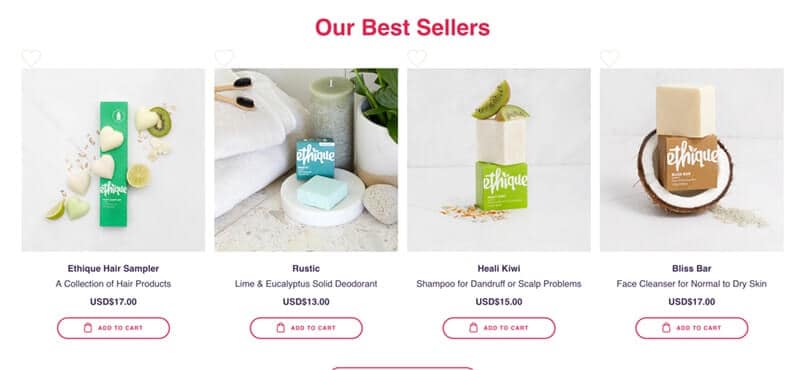
Swap shampoo for solid or refillable
Looking for plastic free shampoo? You may have seen solid shampoo bars if you’ve looked up zero waste shampoo, especially in the last couple of years — they’ve become really popular! It’s important to buy the right kind of bar with the right pH for your hair (more in my vegan shampoo guide here). I think Ethique makes some of the best zero waste shampoo since their bars are the right ph!
You could also check local health food stores and bulk shops to see if you can refill your old shampoo bottles there with liquid shampoo. Some health food stores offer a refill station so you can continue using liquid shampoo while reusing your bottles and cutting down on waste.
Find my guide to vegan shampoo here.
Cleaning
These zero waste home products will help you clean your house without generating waste!
Swap cleaning products for baking soda & vinegar or concentrated cleaning products
Find at home: get out the baking soda and white vinegar
Buy: solid (dissolvable) cleaning products
Cleaning products not only create plastic waste in the form of spray bottles, but many of them are polluting the waterways.
Opt for a more eco-friendly cleaning solution by using plain old baking soda and white vinegar, or by buying concentrated cleaning products!
Blueland makes eco-friendly, vegan & cruelty-free concentrated cleaning products that you just add to water (they’ll also initially ship you reusable spray bottles if you want). I’ve been using the equivalent here in Europe, from a company called Ocean Saver, and I’m really happy with their zero waste household products.
You local health food store may also offer refills of cleaning products, though not all do.
Swap paper towels & wipes for rags or cleaning cloths
Find at home: cut up old t-shirts or pillowcases
If you use paper towels to clean, you can save a lot of waste by simply making cleaning cloths out of old items of clothing! (Sure, you could buy cleaning cloths but why not get free ones with old clothes that are too stained or worn out to be donated to charity. The ultimate DIY zero waste swap.)
Also, if you happen to have any of those rolls of heavy-duty blue cleaning towels, one of the best tips I ever read was that often those are not paper towels at all and can be washed and reused! I happened to have some in the cupboard at the time, and I started washing and reusing them. Two years later, a few of them have disintegrated but I still use many of them.
You don’t need to buy those zero waste paper towels and your cleaning rags don’t need to be fancy — you’re mopping up dirt with them, after all. Just cut up an old pillowcase or t-shirt and call it a day.
When you’re done cleaning, throw everything in the wash.
Swap your sponge for a reusable cloth sponge or wooden brush
Did you know those yellow and green sponges are made out of plastic? I was so confused when I found that out because they don’t feel like plastic at all, and yet here’s another area of life where plastic has snuck in!
But they’re easy to replace with a reusable bamboo and cloth sponge. I love mine and it lasted over a year, making it more economical than sponges. I have two and when one is dirty, I just throw it in the wash and use the other. When they’re worn out, they can be composted!
If you prefer a brush, you can get wooden dish brushes with replaceable, compostable heads.
Click here for more information.
Swap disposable Swiffer for reusable
Find at home: look for an old mop
Buy: the Wow mop has reusable pads and they oscillate to make your floor extra clean
Swiffers make cleaning easy but throwing away all those pads really adds up!
An old-fashioned mop and bucket does the job just as well if not better, and you may already have one somewhere in your house.
If you don’t, the Wow mop is like a Swiffer but with oscillating pads, so you do less work. It’s rechargeable and the pads are reusable — just put them in the wash after cleaning.
Click here for more information.
Swap your dryer for an outdoor or indoor clothes drying rack
Find: fashion your own with hangers on a shower curtain rail (if it’s strong enough)
Buy: an outdoor clothesline + clothes pins or an indoor drying rack
Did you know the dryer is one of the highest energy using appliances in the home?
Also, tumble drying clothes reduces their lifespan.
Luckily, you can dry your clothes for free, and without using any electricity, using an indoor or outdoor clothes drying rack.
Here in Spain, dryers are very uncommon in homes, and my place is no exception. However, outdoor clothes lines are extremely common, and most places come with one. Mine is hung over a communal courtyard, and apart from the terrifying vertical drop, I love it. Clothes dried outside smell great, and you can even use the sun to bleach items! I’ve successfully removed stains without bleach, by simply leaving white fabric in the sun to dry.
If you have space and your neighbours don’t object, set up an outdoor clothesline.
In the UK, dryers are also fairly uncommon, and living in London I got used to using an indoor clothes drying rack. They’re very simple devices that fold up to be stored neatly away when not in use, and unfold so you can hang items on them. I have one here in Spain too, for those days when it rains. During the winter, I leave my clothes and towels to dry on the radiators, because they dry faster and also because they make the towels nice and warm!
If you can’t set up an outdoor line (or even if you can as backup for rainy days), get an indoor clothes drying rack. They’re inexpensive and easy to store! You can also, at a push, set up a makeshift one with some hangers hung on a shower curtain rail over your bathtub (make sure it’s strong enough as wet clothes are heavy!).
Travel
Swap disposable coffee cup for a reusable cup or sitting down with your coffee
Find: look around your home for an old Thermos
It’s unbelievable but those paper to-go coffee cups usually contain a plastic lining, making them very difficult to recycle!
By using a reusable coffee cup, you’ll cut down on waste.
Of course, if you don’t have one with you you could simply…sit down and drink your coffee in the cafe. We’re so busy rushing around these days we’ve lost the simple pleasures, and one is sitting down and drinking your coffee in peace. Treat yourself to that today!
Click here for more information about the reusable coffee cup.
Swap plastic water bottles for reusable water bottle
Find at home: a reusable water bottle
Buy: double-walled, insulated stainless steel water bottle
The fact that stuck with me most from the book How Bad Are Bananas is that a single-use plastic water bottle has a carbon footprint 1,000 times higher than tap water! 1,000!
Switching to a reusable zero waste water bottle is an easy swap, especially since more and more cafes and restaurants are willing to refill them for you.
You might even already have a reusable water bottle somewhere in your home. Use it if you already have one!
Otherwise, buy one and use it. I opted for a ddouble-walled, insulated metal bottle like this one because it keeps your water colder for longer (or you can use it for hot beverages and it will keep them hot). It’s also leakproof. Bear in mind it is a bit heavy because of the insulation, so if you want something lighter, pick one that’s not double-walled. And it gets hot – don’t leave it in the sun!
Click here for more information.
Pin this for later
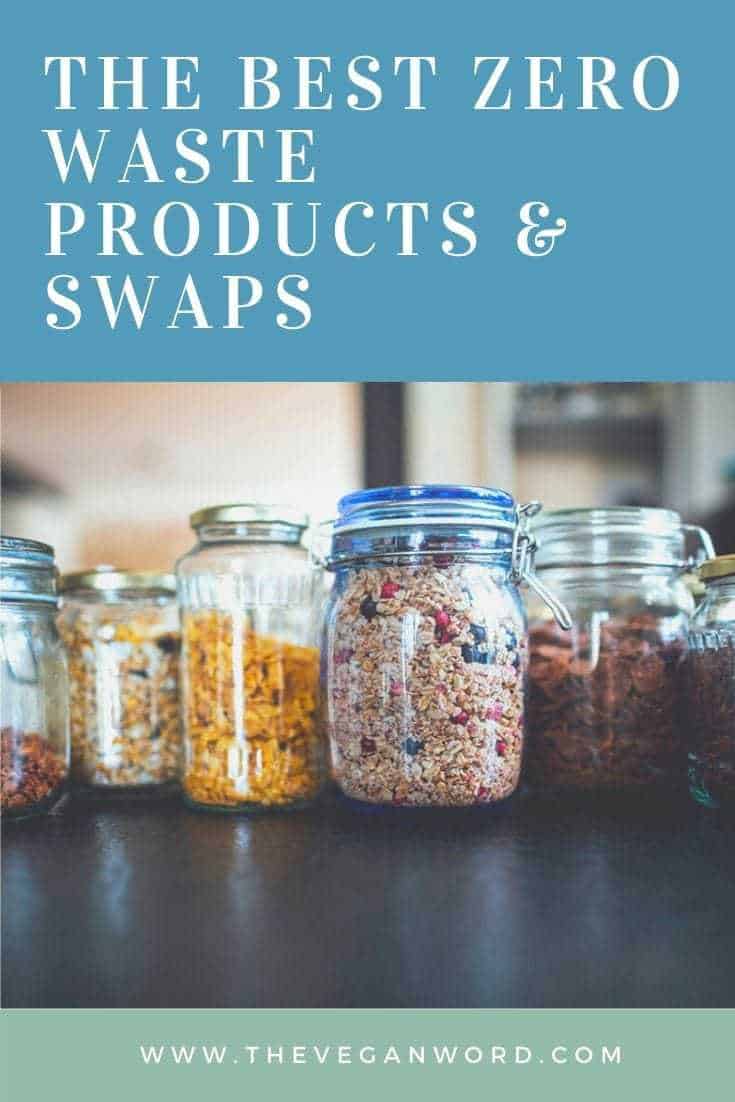
Looking for more vegan and low waste lifestyle tips? Check out all my Vegan Life articles here.

